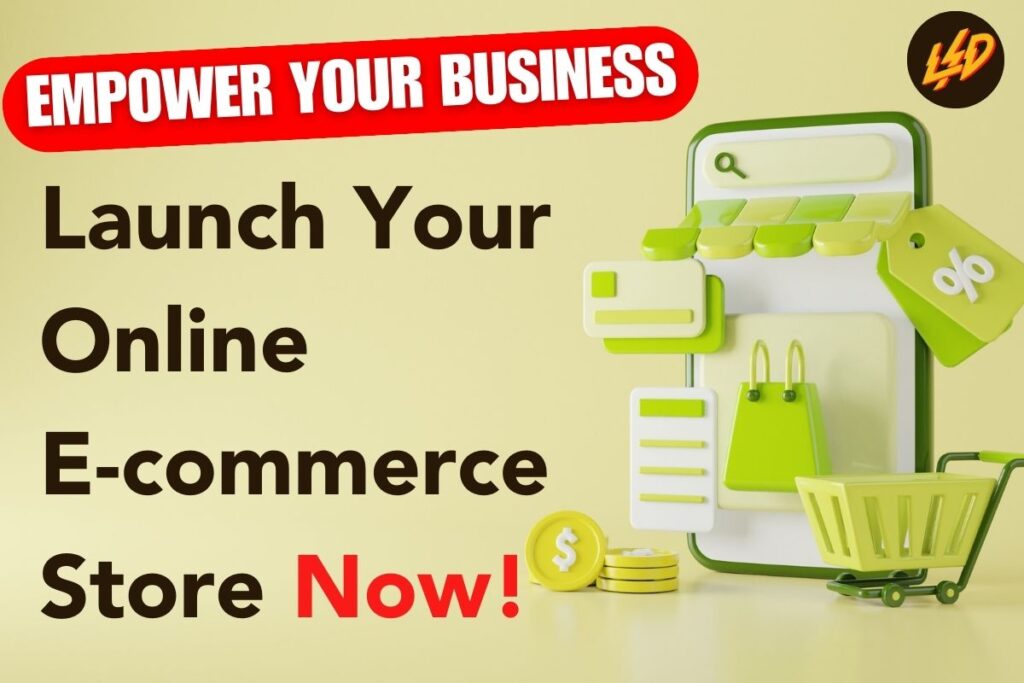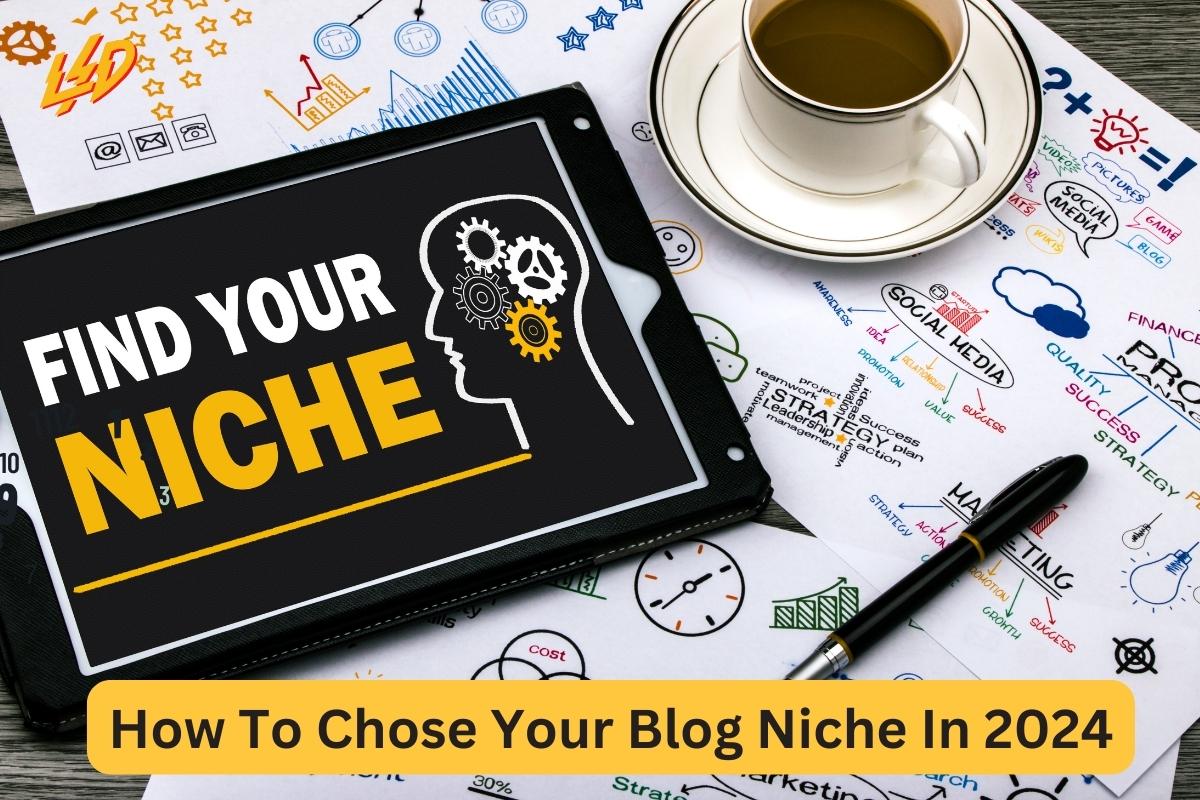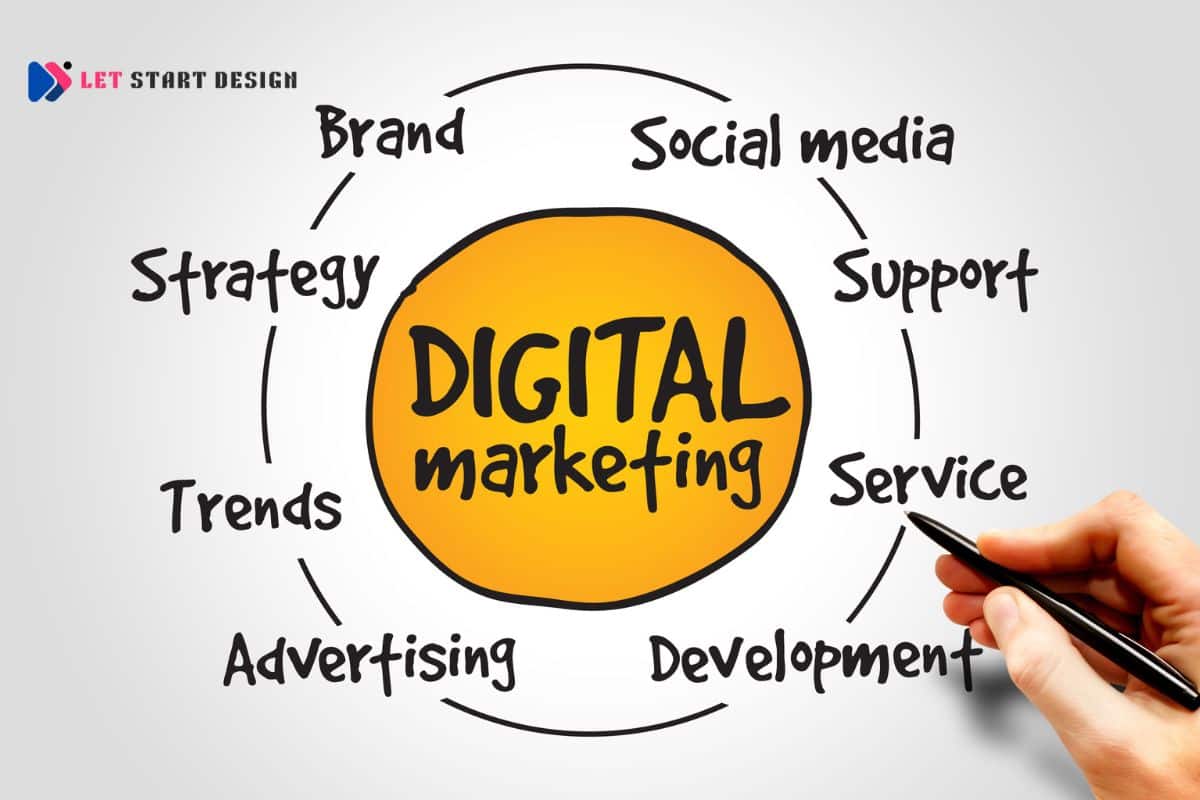Introduction
Ecommerce, or electronic commerce, is the process of buying and selling goods or services over the Internet. With the continuous digital transformation and the rise of online shopping, ecommerce has become an integral part of today’s business landscape. This article offers a comprehensive, step-by-step guide to building an ecommerce brand store in 2024, from selecting the right platform to effectively marketing your brand.
1. Choosing the Right Ecommerce Platform
The foundation of your ecommerce business is the platform you choose. This is where you’ll build your online store, so it’s essential to select one that aligns with your business needs.
There are numerous ecommerce platforms available, each with its unique features. Some popular options include Shopify, WooCommerce, and Magento. Shopify is known for its user-friendly interface and extensive customer support, making it an excellent choice for beginners. WooCommerce is a free plugin for WordPress users, offering flexibility and a range of customization options. Magento, on the other hand, is known for its scalability and robust features but might be a bit complex for those without technical knowledge.
Before deciding, consider factors such as your budget, technical skills, the size of your business, and specific features you require.
2. Setting Up Your Online Store
Once you’ve chosen a platform, it’s time to set up your store. This involves several steps:
- Choose a domain name: This is your website’s address on the internet. It should be easy to remember and reflect your brand name.
- Select a theme: Most ecommerce platforms offer a variety of themes or templates. Choose one that aligns with your brand image and offers a great user experience.
- Customize your store: Adjust colors, fonts, and layouts to match your brand identity. Add your logo and other branding elements.
- Add products: Upload product photos, write compelling product descriptions, and set prices. Make sure your product images are high-quality and your descriptions are informative.
- Set up payment and shipping options: Decide what payment methods you’ll accept and define your shipping rates and policies.
3. Selecting a Niche for Your Ecommerce Brand
A niche is a specific segment of a market. Selecting a niche involves identifying a narrow area where your brand can specialize. This could be a particular product category, a specific target audience, or even a unique selling proposition.
Having a well-defined niche can help differentiate your brand from competitors. It allows you to focus your marketing efforts on a specific group of customers and meet their needs better than anyone else.
To identify a profitable niche, consider your interests, identify problems you can solve, research potential competition, and assess the profitability of the products you plan to sell.
4. Requirements to Start an Ecommerce Business
Starting an ecommerce business involves several legal and logistical requirements:
- Legal requirements: These may include obtaining a business license, registering for sales tax, and complying with online business regulations in your country or state.
- Payment gateway: This is a service that processes credit card transactions. Choose a reliable payment gateway that offers secure transaction processing.
- SSL certificate: This encrypts data sent between your website and your customers, protecting sensitive information like credit card numbers and personal details.
- Shipping solutions: You’ll need to decide how you’ll ship products to customers. This involves choosing a courier service and setting up shipping rates.
5. Product Selection and Sourcing
The products you sell are at the heart of your ecommerce business. It’s essential to choose products that align with your brand identity and are in demand by your target audience.
You can source products locally or from overseas suppliers, manufacture your own products, or use a dropshipping model where products are sent directly from the manufacturer to the customer.
Consider using inventory management software to keep track of stock levels and sales.
6. Branding and Design
Your brand is what differentiates you from your competitors. It includes your business name, logo, colors, typography, packaging design, and the overall look and feel of your online store.
A strong brand communicates what your business stands for, creates a memorable impression, and builds trust with customers. Spend time developing a compelling brand identity that resonates with your target audience and reflects your brand values.
7. Marketing and SEO Strategy
Marketing is crucial for driving traffic to your online store, increasing brand awareness, and ultimately, generating sales.
Effective ecommerce marketing strategies include:
- SEO (Search Engine Optimization): This involves optimizing your website so it ranks higher in search engine results, making it easier for potential customers to find you.
- Content marketing: Creating valuable content like blog posts, videos, and guides can attract visitors to your site, build trust, and encourage purchases.
- Social media marketing: Platforms like Instagram, Facebook, and Pinterest can help you reach a large audience, engage with customers, and promote your products.
- Email marketing: Collecting email addresses and sending regular newsletters can keep your brand top of mind and encourage repeat purchases.
8. Customer Service and Retention Strategies
Providing excellent customer service can make a significant difference in the success of your ecommerce brand. This includes responding promptly to customer inquiries, resolving issues effectively, and going above and beyond to meet customer needs.
Additionally, focus on customer retention strategies. It’s often more cost-effective to retain existing customers than to acquire new ones. Implement loyalty programs, offer special discounts to repeat customers, and maintain regular communication through email marketing.
Case Study: Amazon
Amazon is a prime example of a successful ecommerce brand. They started as an online bookstore and have since expanded into a global marketplace offering a wide range of products. Their success can be attributed to their focus on customer convenience, extensive product selection, and effective use of data to personalize the shopping experience.
Common Challenges and Mistakes to Avoid
Building an ecommerce brand comes with its challenges. Some common mistakes to avoid include:
- Choosing the wrong platform: Ensure the platform you select aligns with your business needs and has the capacity to scale as your business grows.
- Neglecting SEO: SEO is essential for driving organic traffic to your site. Invest time in keyword research, optimizing product descriptions, and building quality backlinks.
- Poor customer service: This can damage your brand reputation and deter potential customers. Prioritize customer service and aim to exceed customer expectations.
- Inadequate product descriptions: These can lead to confusion and increase the likelihood of returns. Ensure your product descriptions are clear, detailed, and accurate.
- Lack of a clear marketing strategy: A well-defined marketing strategy guides your promotional efforts and helps you reach your target audience effectively.
- Selecting the wrong product: Selling a product with little demand or high competition can hinder your success. Conduct thorough market research before deciding on a product.
Conclusion
Building an ecommerce brand store in 2024 may seem daunting, but with careful planning, strategic decision-making, and consistent effort, it’s entirely achievable. By following this step-by-step guide, you’re well on your way to creating a successful ecommerce store. Remember, every successful brand started from scratch, so don’t be afraid to take the first step on your ecommerce journey.
View More: How To Setup an Online Business in 2024: A Step By Step Guide By Let Start Design
Let Start Design Your Ecommerce Store
At our agency, we specialize in helping entrepreneurs like you bring their ecommerce dreams to life. We understand the challenges of starting an online store and are here to guide you every step of the way. Our team of experts offers a range of ecommerce services, including platform selection, store setup, product sourcing, branding, SEO, and marketing strategy. If you need any help or suggestions, or if you’re ready to take advantage of our services, don’t hesitate to contact us. We’re committed to providing the support you need to build a successful ecommerce brand.


















One Response